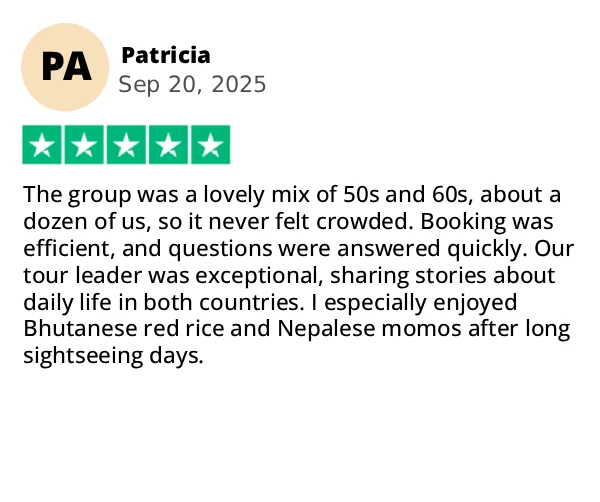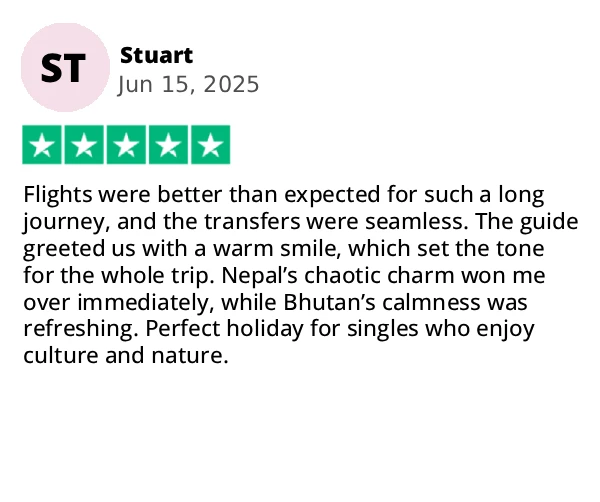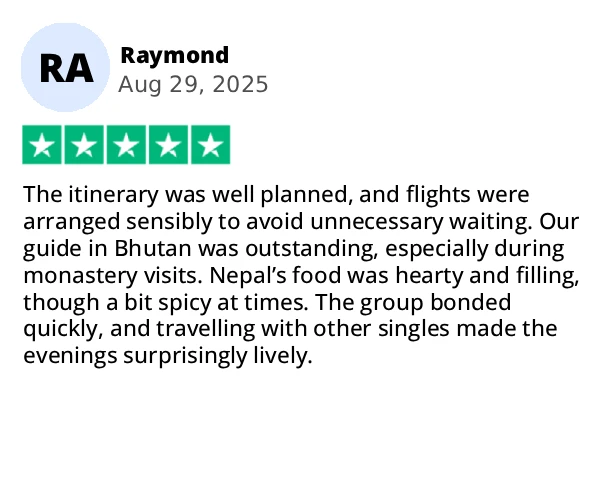
Himalayan Kingdoms of Nepal & Bhutan: A Remarkable Journey for Singles
A journey through the Himalayan kingdoms of Nepal and Bhutan is an unforgettable experience, especially appealing to singles who enjoy travelling with like-minded people. From the moment you arrive, the dramatic landscapes inspire a sense of wonder—snow-capped peaks, peaceful valleys, and ancient temples rising above the clouds.
In Nepal, the lively atmosphere of Kathmandu, its bustling bazaars, and the warmth of local hospitality create an inviting introduction to the region. Enjoying traditional Nepalese dishes together often becomes a highlight, offering both flavour and conversation.
Bhutan brings a calmer rhythm. Here, colourful prayer flags flutter across forested hillsides, striking monasteries cling to cliffs, and centuries-old customs remain beautifully preserved. Many singles find the tranquillity of Bhutan especially rewarding, offering space to reconnect and reflect.
With knowledgeable guides, smooth arrangements, and plenty of shared moments, this Himalayan journey offers singles a perfect blend of culture, scenery, and meaningful connection.
TRUSTED BY SOLO TRAVELLERS








